Publisher's Synopsis
This historic book may have numerous typos and missing text. Purchasers can download a free scanned copy of the original book (without typos) from the publisher. Not indexed. Not illustrated. 1867 Excerpt: ...879. ABC is a triangle whose sides are met by a straight line in A', B', C; the straight line which joins A to the point (BR, CC) meets BC in a; and b, c are similarly determined. Four conies are drawn touching the sides of the triangle ABC, and meeting A'B'C in the same two points; prove that the other common chord of any two of these conies passes through either a, b, at c; that these six common chords intersect by threes in four points; and that these four points are the poles of A'B'C with respect to the four conies which intersect A'B'C in the before-mentioned two points and touch the sides of the triangle abc. 880. The four conies which can pass through three given points and touch two given straight lines are drawn, and their other common tangents drawn to every two; prove that the six points of intersection will lie by threes on four straight lines; and that the diagonals of the quadrilateral formed by these four straight lines pass each through one of the three given points. 881. Two conies intersect in A, B, C, D j through D is drawn a straight line to meet the curves again in two points; prove that the locus of the point of intersection of the tangents at these points is a curve of the fourth degree and third class, having cusps at A, B, C, and touching both conies. 882. Prove that the envelope of the straight line joining the points of contact of parallel tangents to two given parabolas is a curve of the third degree and fourth class; having three points of inflexion the tangents at which are the common tangents of the parabolas. be equal to the sum of the homogeneous products of r dimensions of the n quantities a, aa, ... - . Prove also that /"(-, ), /"(."), /.) is n ]1; and the sum of the roots is 2n, n being the..."


























